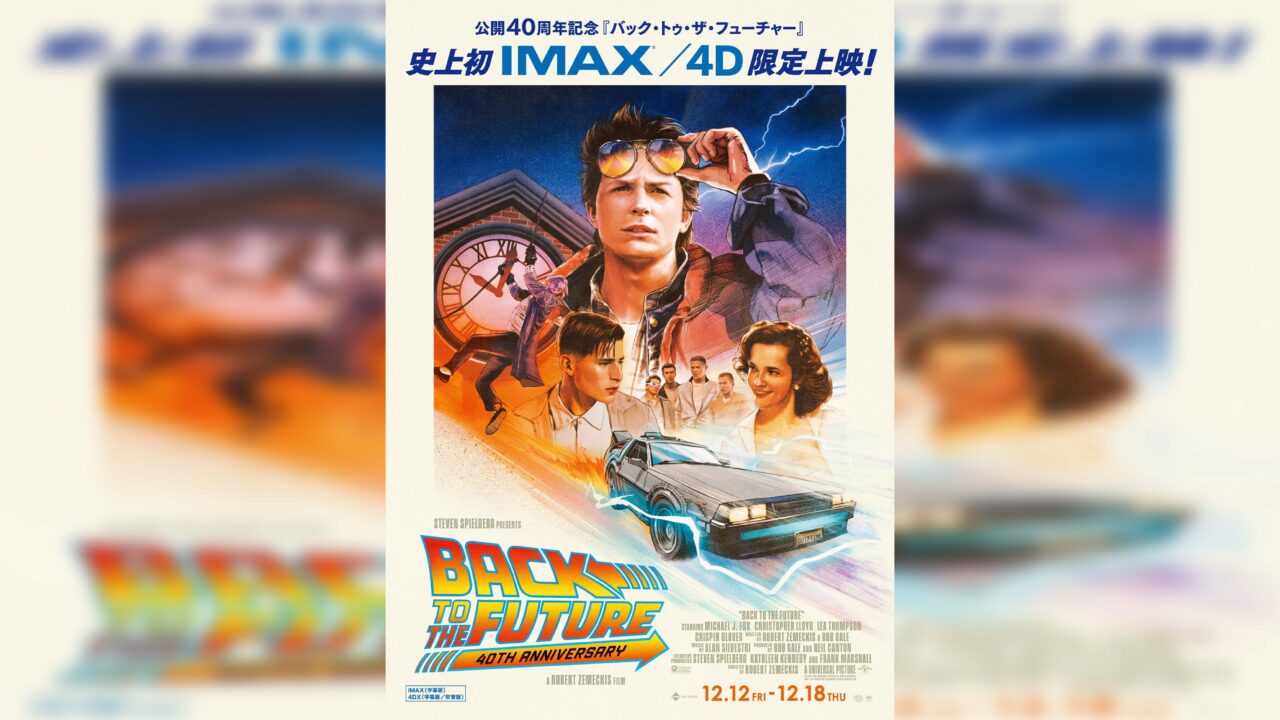INDEX
Heritage is the King of Analog Consoles” (DMX)
As we discussed earlier, it’s becoming increasingly rare to see an analog console in use, and now the Heritage 3000 at WWW is “graduating.” In fact, the Heritage 3000 at WWW might be the only one of its kind in a live venue in Japan. What are your thoughts on the Heritage 3000?

DMX: I was away from the PA world from the 1990s to the mid-2000s, so I missed the rise of the Heritage series. During that time, the digital console era had already started, and I felt like a fish out of water. I first started using the Heritage after returning to PA, at a time when about a third of live venues still had analog consoles. I remember seeing Heritage consoles at UNIT and LIQUIDROOM.
Sasaki: The Heritage series was a huge hit worldwide. The MIDAS Heritage series and the YAMAHA PM series were pretty much the two big choices.
DMX: The PM series was quite common when I started in PA. CLUB QUATTRO in Shibuya, where I frequently worked, had a PM. The Heritage is a console from a British manufacturer, so it was more expensive than the domestic models. It had this aura of needing a big venue or a proper setup to use it. So, it’s definitely the “king” of analog consoles.
Sasaki: Personally, I find the Heritage the easiest to use. With analog consoles, the order in which the PA engineer adjusts the knobs is pretty standard, and once you understand how to use one channel, they’re all pretty much the same. Gain knob at the top, EQ knob, AUX knob, fader, etc. But the Heritage makes it especially clear. The entire signal flow is laid out right on the top panel.

Uchida: I started doing PA at LIQUIDROOM, so the first PA console I used was a MIDAS. Back then, they had the XL4 as the permanent setup. That was before the Heritage series came out, the earlier MIDAS model. Also, the console at the first recording studio I worked at was an SSL (Solid State Logic). The diagrams for the SSL and MIDAS consoles were pretty similar, so it was easy to understand.
Sasaki: MIDAS has always had a reputation for thick, solid sound.
Uchida: It probably has something to do with the quality of the mic preamps they use.
Sasaki: That’s likely. Also, the EQ feels great. There’s something about it that really “hits.”
DMX: The EQ works in a way that says, “You get it.” Also, the faders on the Heritage are fantastic. When you’re using the Heritage faders, it feels like the sound is sticking to your fingers.

Sasaki: Yeah, the way it moves up and down… wait, that’s too detailed of a point [laughs]. But, ultimately, the fader is what the PA uses to deliver what they’ve received from the musicians, so it’s important. That being said, personally, I really like the faders on Avid’s digital consoles—they’re very sensitive, and that’s a good thing.
DMX: I really like the faders on the SOUNDCRAFT digital console at WWW X. It’s kind of loose, like “0dB doesn’t even show up,” but that’s just right for me. Even the EQ curves are kind of rough. For a digital console, it has this analog-like, thrown-together feel [laughs].
Uchida: I never really thought much about the faders. I haven’t felt much difference in the touch… sorry about that [laughs]. But I do like the AUX knobs. On the Heritage 3000, the AUX knobs are arranged in two horizontal rows. I only use one row, but I find them personally easy to adjust.
DMX: I have trouble with them because my fingers don’t fit [laughs].

There was a mention of the good sound quality of mic preamps, but the equipment used in recording studios and the gear used in live sound setups, including consoles, are quite different, aren’t they? Is there a specific reason for that?
Uchida: If you use a recording-quality mic preamp live, it might end up being a bit too loud, don’t you think? Is that not the case?
DMX: Hmm, I’m not sure. There are actually a lot of people who are particular about incorporating recording equipment into their PA systems. I’ve had to work with that kind of setup sometimes, but for me, it’s like “so what?” [laughs]. If someone likes it, then they should use it, but for me… it’s more about whether the person is in the right mindset when they use it. I think that’s the main point.
Sasaki: If we go down that road, it would turn into a discussion about being particular about “power cables” or something like that. But basically, if the gear is in good condition, there’s no real urge to use recording equipment specifically. It’s more like, “If it’s a MIDAS, that’s fine,” or “If it’s that console, then I’ll bring that one.”
DMX: It’s not just with mic preamps—if you use an analog compressor, the sound quality obviously changes. This guy (Sasaki) also uses a TUBE-TECH compressor for live sound, and it does change the texture of the sound, that’s for sure. If you like it, then you just have to use it.
Sasaki: For vocals and bass, yes. With analog gear, it’s not just the texture of the sound—it’s that you can touch it immediately. If it’s right in front of you, you can just turn the knob and change the sound instantly.
























